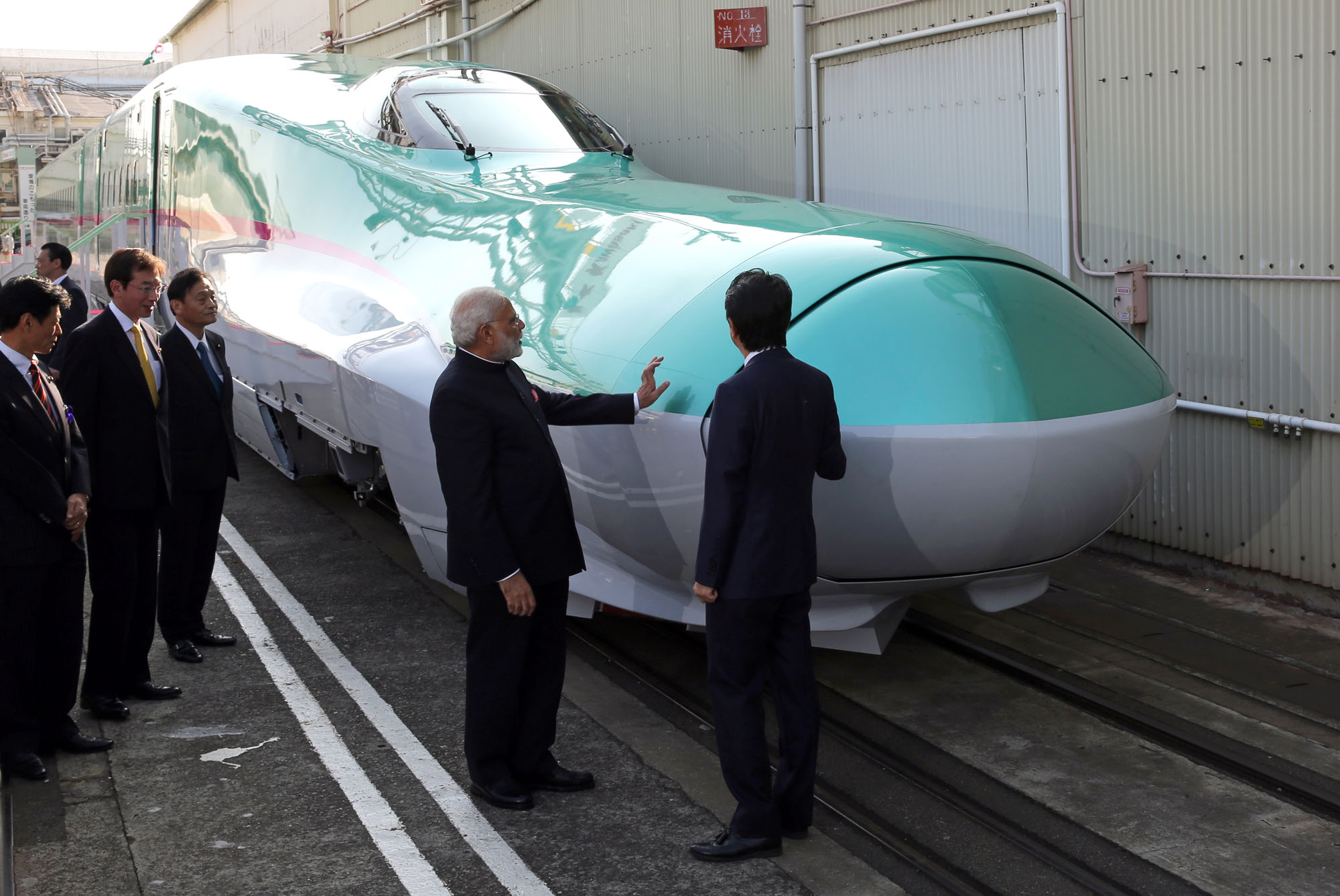Analysts often use the military-derived term "VUCA" — volatile, uncertain, complex and ambiguous — to explain the perplexities of present times. If there is one geographic construct that could personify VUCA, it is the Indo-Pacific. My attempts to coax a definition of "Indo-Pacific" out of experts have resulted in a range of answers, from the creative "its Hollywood to Bollywood" (from the western United States to western India) to the evasive "how would you define Asia-Pacific?" and expansive "includes Africa, as the Indian Ocean touches East Africa."
Beyond the complexities of trying to define the Indo-Pacific, the Free and Open Indo Pacific (FOIP) is a strategic framework that is less about defining geography and more about shared values and interests. It is a concept that is still evolving, but as the name suggests it signals a tectonic shift toward India's immediate neighborhood and places critical importance on the maritime environment, and places Japan in the center as a key development partner.
Therefore, despite the ambiguity of this VUCA region, one of the clear messages to those of us observing the evolution of the FOIP is the implicit agreement that India, as the geographic anchor, and Japan, as the development anchor, are key actors and their partnership will be central to the success of the FOIP.



